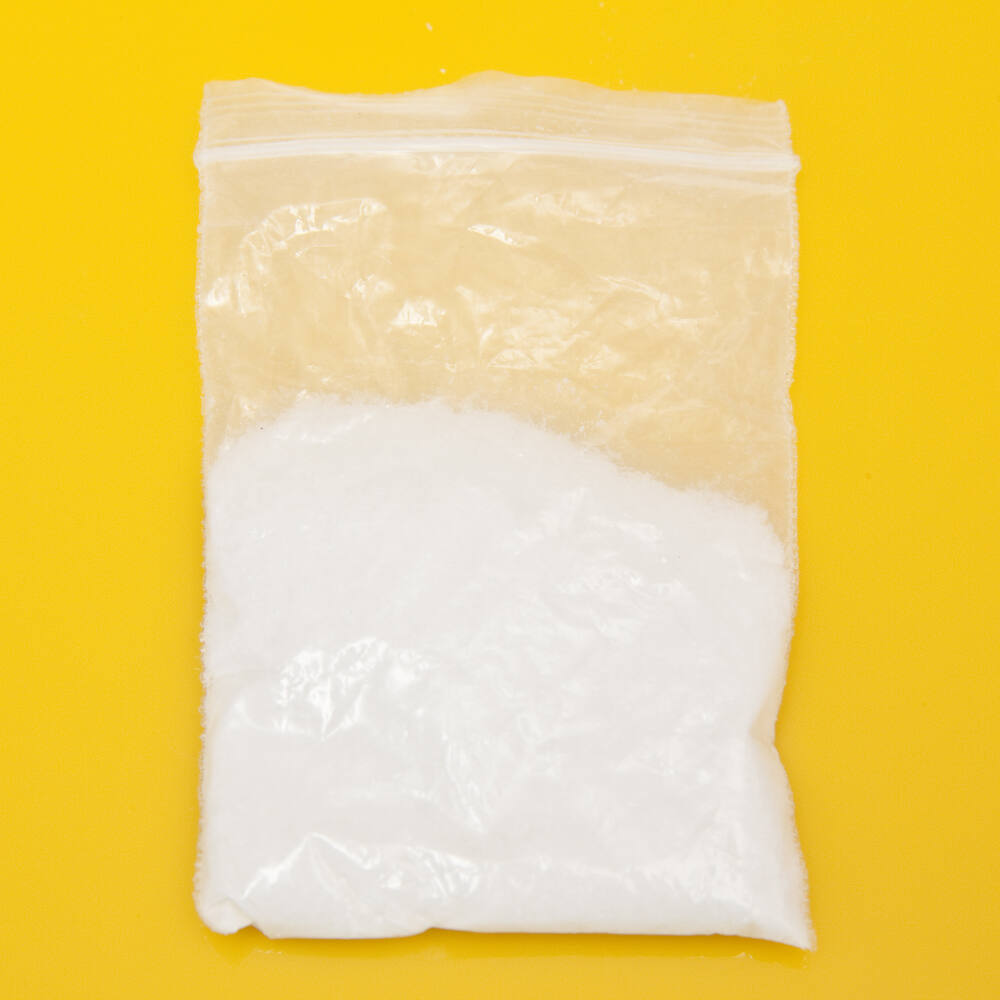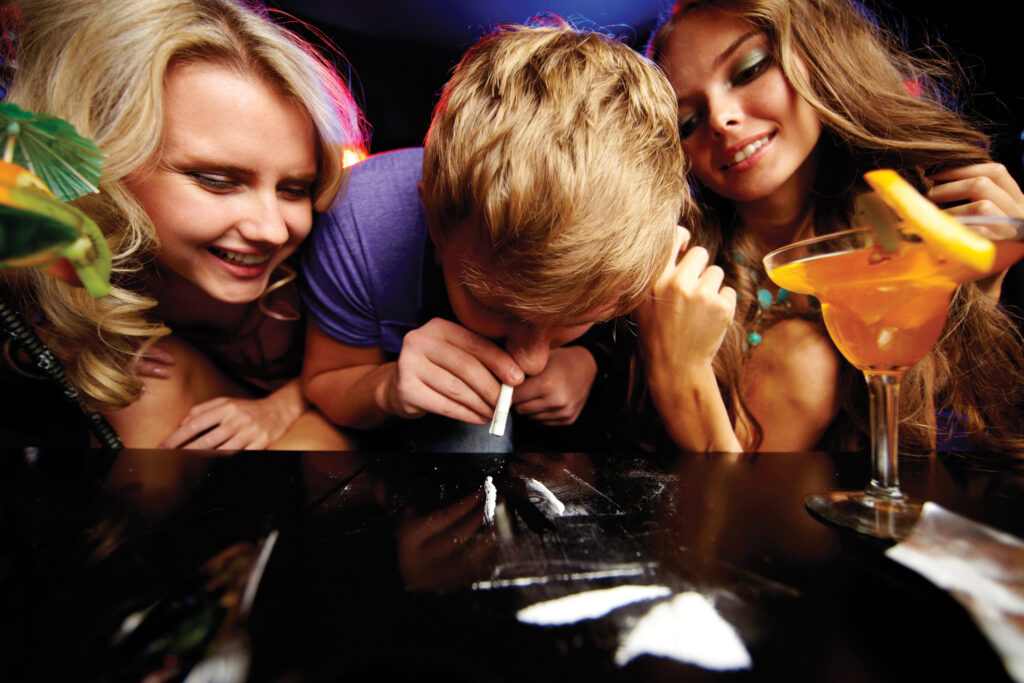Ketamine has the potential to be highly addictive because of its mood-altering properties.
The drug is often characterised as a tranquilliser (anaesthetic) with some medical use with humans but is more commonly used in veterinary medicines.
In addition, ketamine is a “club drug,” a hallucinogen, and a dissociative drug. The drug that shares the closest association with ketamine is PCP. When people use ketamine, it’s generally added to cigarettes or joints, snorted or consumed in a drink.
Street names for ketamine
- Kit Kat
- Cat Valium
- Purple
- Special K
- Cat Tranquilizer
- Special La Coke
- Super Acid
- Super K
- Vitamin K
When was ketamine first used?
One of the first uses for Ketamine was on the battlefields of Vietnam. Soldiers were given relatively low dosages of the drug to help deal with pain sustained from battlefield injuries.
At the right dosage, ketamine works wonders when it comes to numbing pain. However, when abused, Ketamine can lead to a slippery slope of addiction. If you take too big of a dose, ketamine has the potential to change the way you perceive sight and sound. You may even hallucinate as you experience an “out of body experience.” As a result, it can become difficult to move or speak.
What does ketamine look like, and how is it used?
In its manufactured form, ketamine is a liquid (a form that makes it easier to inject into a patient, whether human or animal). However, when manufactured illegally to be sold on the streets, it typically comes in a powder form.
Regarding use, ketamine can either be swallowed or snorted. Ketamine doesn’t have an odour and can’t be detected through taste. Thus it makes it that much easier to spike someone’s drink when they’re not looking. Due to this fact, one of the most illicit uses is as a “date rape” drug.
What does ketamine feel like?

In low doses, users report a similar feeling of being drunk. Higher doses cause a much more dissociative or psychedelic effect.
What is the Effect Known as the “K-hole?
How Do I Know If I Am Addicted to Ketamine?
Risks of abusing ketamine
Experiences with ketamine can vary, but some users have reported experiencing terrifying sensations of complete sensory detachment from their bodies, much like how many near-death experiences are described. This type of experience can also be likened to a “bad trip” on LSD and is often referred to as the “k-hole” on the streets.
SIDE EFFECTS of ketamine abuse
There are many side effects associated with abuse, and it often requires immediate emergency medical care. Side effects include:
- Pale or bluish lips, fingernails, or skin
- Bloody or cloudy urine
- Confusion
- Trouble breathing, shortness of breath, or outright not breathing at all
- Convulsions
- Slow, fast, or irregular heartbeat
- Rash, itching, and/or hives
- Sweating
- Unusual weakness or fatigue
- Convulsions
- Delusions
- Feeling overly nervous, restless, or excited
- Blurry vision
- Swollen or puffy tongue, eyelids, lips, or face
- Fainting spells
- Dizziness or lightheadedness
- Problems with swallowing
- Chest tightness, discomfort, or pain
Studies from the University College London indicate that frequent use of ketamine produces long-lasting impairments in episodic memory (personal facts and experience) and aspects of retrieval from semantic memory (recall of general facts).
Overdosing on ketamine can be fatal. Therefore, if you encounter someone experiencing a “bad trip”, you should contact emergency medical services ASAP. The speed at which you do this can mean the difference between life and death for the affected individual.
How long does ketamine stay in your system?
Ketamine has a short half-life of around 2.5-4 hours, which means that it takes about 13.45-16.30 hours to eliminate the drug from your system. Although Ketamine shouldn’t stay for more than 24 hours, some users need up to a few days to get clean. In addition, factors such as metabolic rates and age affect the duration and elimination of the drug.
How long does a ketamine high last?
The START time below is when you will usually begin to feel the effects of ketamine from when you first take it. The DURATION is roughly the length of time you will experience the effects, after which the effects will start to wind off, and you might start to feel the calm-down/comedown down effects.
Timeline for snorted ketamine
- START: 5-15 minutes
- DURATION: 40-60 minutes
- AFTER-EFFECTS: 1-3 hours
Timeline for ketamine taken orally
- START: 5-20 minutes
- DURATION: 90 minutes
- AFTER-EFFECTS: 40-80 minutes
Timeline for injected ketamine
- START: 1-5 minutes
- DURATION: 1-2 minutes
- AFTER-EFFECTS: 2-4 hours
Is it possible to become addicted to ketamine?
Yes, while ketamine isn’t as addictive as other hard drugs such as cocaine or heroin, it’s still possible to develop an addiction if you abuse the drug for long enough. If you don’t become outright addicted, you may still have to take higher dosages than the average person to experience its effects.
Rehabilitation programmes
Although it is difficult to overcome ketamine addiction, many successful treatment programmes can lead to recovery. Professional detox and rehabilitation treatment programs can help the user through the withdrawal and detoxification phases and provide helpful insights and tools to help the user manage cravings and control impulses.
Inpatient treatment programs
Inpatient treatment programs monitor the often dangerous ketamine detox process, and in addition, they help treat the long term psychological issues from chronic use. If these issues are not addressed, the user often relapses back to ketamine use — the more well-rounded the treatment program, the better chances the user has for sustained sobriety.
What does ketamine do to you?
Long-term chronic ketamine use has a devastating impact on the mind. Therefore, it is crucial to address the psychological issues that were the cause of abuse. Full recovery is possible, and ketamine addiction is best overcome in an inpatient treatment facility.
Residential rehabs often have more diverse services available, enabling the counsellors to tailor the specific ketamine user program. Many factors determine the treatment for ketamine abuse: the person’s age, gender, the scope of drug abuse, underlying mental health disorders, co-occurring drug use, and length of time involved in drug use.
Treatment for ketamine addiction
Specific modalities of psychological counselling are particularly useful in treating ketamine addictions. The most promising have been:
Cognitive Behavioral Therapy (CBT) addresses thinking patterns that affect behaviours.
Dialectical Behavioral Therapy (DBT) introduces mindful awareness and stress management.

Inpatient treatment for drug addiction is a process that starts with detoxing the body from the drug and monitoring withdrawals. The balance of the program guides the user toward behaviour choices that lead to a sustained recovery, motivates the user to desire a clean and sober life, and, ultimately, breaks the dependence on the drug.
If you feel you or someone you love has a ketamine addiction, give us a call today in complete confidence for free help and advice on helping addiction sufferers into treatment.



